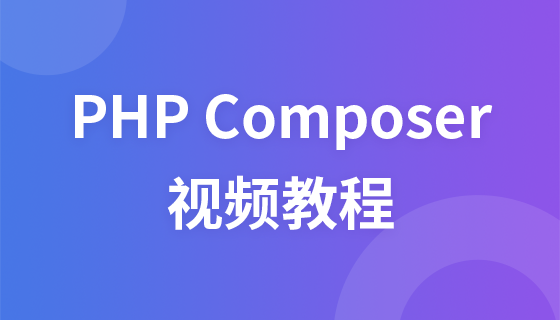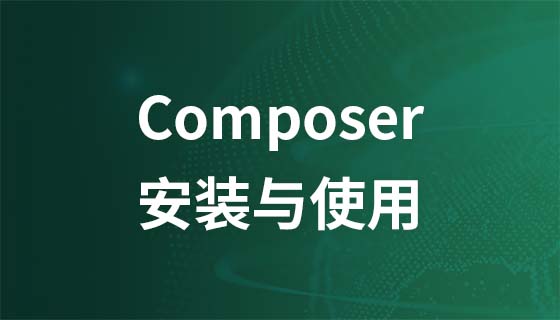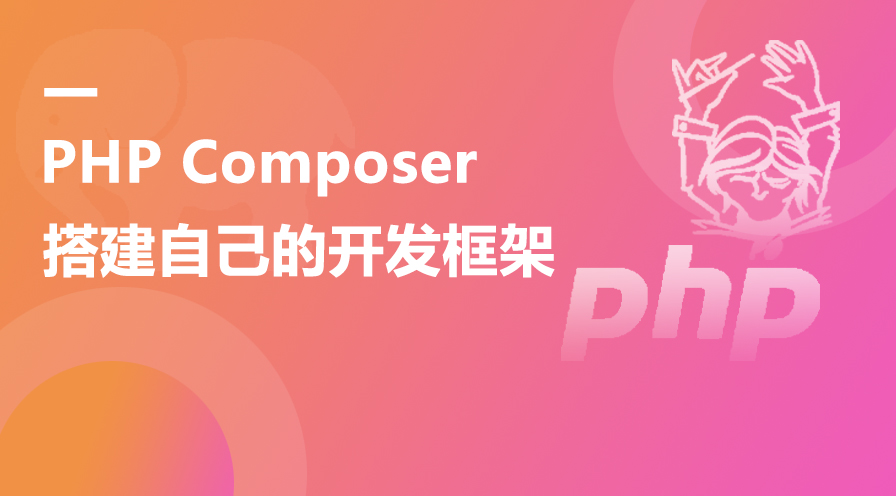最近在开发一个需要高度实时性的Web应用时,我遇到了一个令人头疼的问题:如何高效地向客户端推送实时通知?我的应用需要在一个事件发生后,立即通知所有相关用户,例如后台数据更新、任务完成状态变更等。
起初,我尝试了传统的轮询(polling)方案。客户端每隔几秒钟就向服务器发送一次请求,询问是否有新的通知。这种方法虽然简单,但很快就暴露出它的弊端:
我也考虑过直接使用WebSocket,它确实能提供全双工的实时通信。然而,从头开始搭建和管理WebSocket服务,包括连接管理、心跳机制、断线重连、消息广播等,对于一个中小型项目来说,开发成本和维护复杂度都相当高。我需要一个更简洁、更集成化的解决方案。
就在我为如何平衡实时性、性能与开发复杂度而苦恼时,我发现了 Mercure。Mercure 是一个基于 Server-Sent Events (SSE) 的实时更新协议,它允许服务器在数据可用时立即将其推送到客户端,而无需客户端不断请求。最重要的是,Symfony 框架提供了 symfony/mercure-notifier 这个强大的组件,完美地将 Mercure 集成到了 Symfony 的通知体系中,大大简化了实时通知的实现。
Composer在线学习地址:学习地址
使用 symfony/mercure-notifier 的过程非常直观:
1. 安装 Mercure Notifier 组件
首先,通过 Composer 将 Mercure Notifier Bridge 添加到你的 Symfony 项目中:
<code class="bash">composer require symfony/mercure-notifier</code>
这会自动安装所需的依赖,包括 symfony/notifier 和 symfony/mercure-bundle。
2. 配置 Mercure Hub DSN
Mercure 需要一个 Hub 来运行,你可以使用 Mercure 官方提供的 Docker 镜像,或者将其部署到你的服务器上。配置好 Hub 后,你需要在 Symfony 的配置文件(通常是 .env 文件)中设置 Mercure 的 DSN(Data Source Name):
<code class="dotenv"># .env MERCURE_DSN=mercure://YOUR_MERCURE_HUB_URL/.well-known/mercure?hub=YOUR_HUB_ID # 例如:MERCURE_DSN=mercure://localhost:3000/.well-known/mercure?hub=https://example.com/hub</code>
这里的 YOUR_MERCURE_HUB_URL 是你的 Mercure Hub 的地址,YOUR_HUB_ID 是你为 Hub 定义的唯一标识符(通常是 Hub 的 URL 本身)。你还可以通过 topic 参数指定默认的主题,或者在发送通知时动态指定:
<code class="dotenv"># 可以指定默认主题,也可以在发送时覆盖 MERCURE_DSN=mercure://HUB_ID?topic=https://symfony.com/notifier # 或者指定多个主题 MERCURE_DSN=mercure://HUB_ID?topic[]=/foo/1&topic[]=https://bar</code>
3. 发送实时通知
一旦配置完成,你就可以像发送普通通知一样,使用 Symfony 的 Notifier 服务来发送实时消息了。symfony/mercure-notifier 会自动将这些通知通过 Mercure Hub 推送出去。
例如,在你的控制器或服务中:
<code class="php"><?php
namespace App\Controller;
use Symfony\Bundle\FrameworkBundle\Controller\AbstractController;
use Symfony\Component\HttpFoundation\Response;
use Symfony\Component\Notifier\Message\ChatMessage;
use Symfony\Component\Notifier\NotifierInterface;
use Symfony\Component\Notifier\Recipient\Recipient;
use Symfony\Component\Routing\Annotation\Route;
use Symfony\Component\Mercure\Update; // 注意:Mercure Notifier 在内部处理,你通常不需要直接使用 Update
class NotificationController extends AbstractController
{
#[Route('/send-realtime-notification', name: 'app_send_realtime_notification')]
public function sendRealtimeNotification(NotifierInterface $notifier): Response
{
// 创建一个 ChatMessage,并指定它应该通过 Mercure 发送
// Notifier 组件会根据 DSN 自动选择合适的 Transport
$message = (new ChatMessage('您的订单状态已更新!'))
->transport('mercure') // 明确指定使用 mercure transport
->subject('Order Update') // 这是一个通知的标题,不直接对应Mercure topic
->options((new \Symfony\Component\Notifier\Bridge\Mercure\MercureOptions())
->topic('https://example.com/orders/123') // 明确指定 Mercure 的 topic
->json(['orderId' => 123, 'status' => 'shipped']) // 可以在这里发送额外数据
);
// Notifier 需要一个 Recipient,即使 Mercure 是广播式的,这里也需要一个占位符
$notifier->send($message, new Recipient('dummy@example.com'));
return new Response('实时通知已发送!');
}
}</code>4. 客户端接收通知
客户端(浏览器)只需要使用 JavaScript 的 EventSource API 订阅 Mercure Hub 提供的特定主题即可:
<code class="javascript">// 替换为你的 Mercure Hub 公开订阅的 URL,以及你感兴趣的 topic
const eventSource = new EventSource('https://your-mercure-hub-url/.well-known/mercure?topic=https://example.com/orders/123');
eventSource.onmessage = event => {
// 当收到消息时
const data = JSON.parse(event.data);
console.log('收到实时更新:', data);
alert('新通知: ' + data.message + ' (订单ID: ' + data.orderId + ')');
// 在这里更新你的UI
};
eventSource.onerror = error => {
console.error('EventSource Error:', error);
eventSource.close(); // 发生错误时关闭连接
};</code>通过引入 symfony/mercure-notifier,我成功地解决了实时通知的难题,并获得了显著的优势:
现在,我的应用能够以优雅且高效的方式,将重要的实时信息立即呈现在用户面前,极大地增强了用户体验和应用的互动性。如果你也面临类似的实时通知挑战,强烈推荐你尝试 Symfony Mercure Notifier,它将是你的得力助手!
以上就是如何解决Web应用实时通知难题,使用SymfonyMercureNotifier让消息即时送达!的详细内容,更多请关注php中文网其它相关文章!

每个人都需要一台速度更快、更稳定的 PC。随着时间的推移,垃圾文件、旧注册表数据和不必要的后台进程会占用资源并降低性能。幸运的是,许多工具可以让 Windows 保持平稳运行。




Copyright 2014-2025 https://www.php.cn/ All Rights Reserved | php.cn | 湘ICP备2023035733号